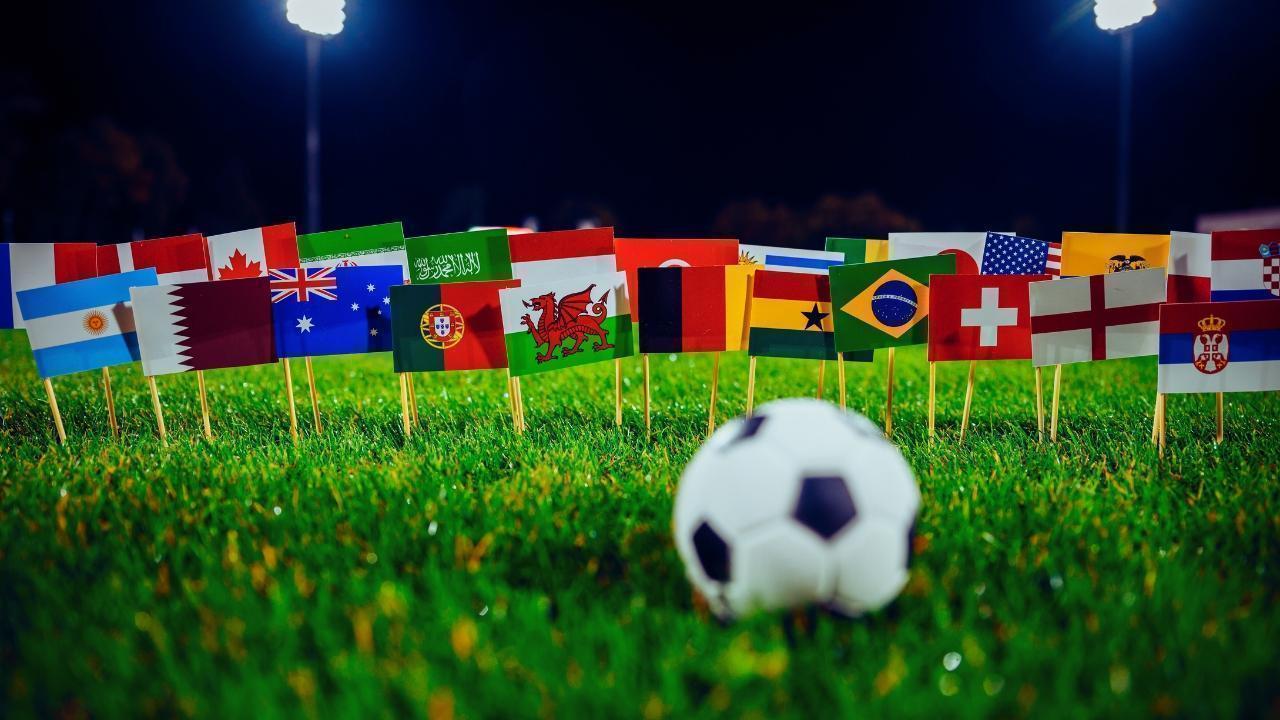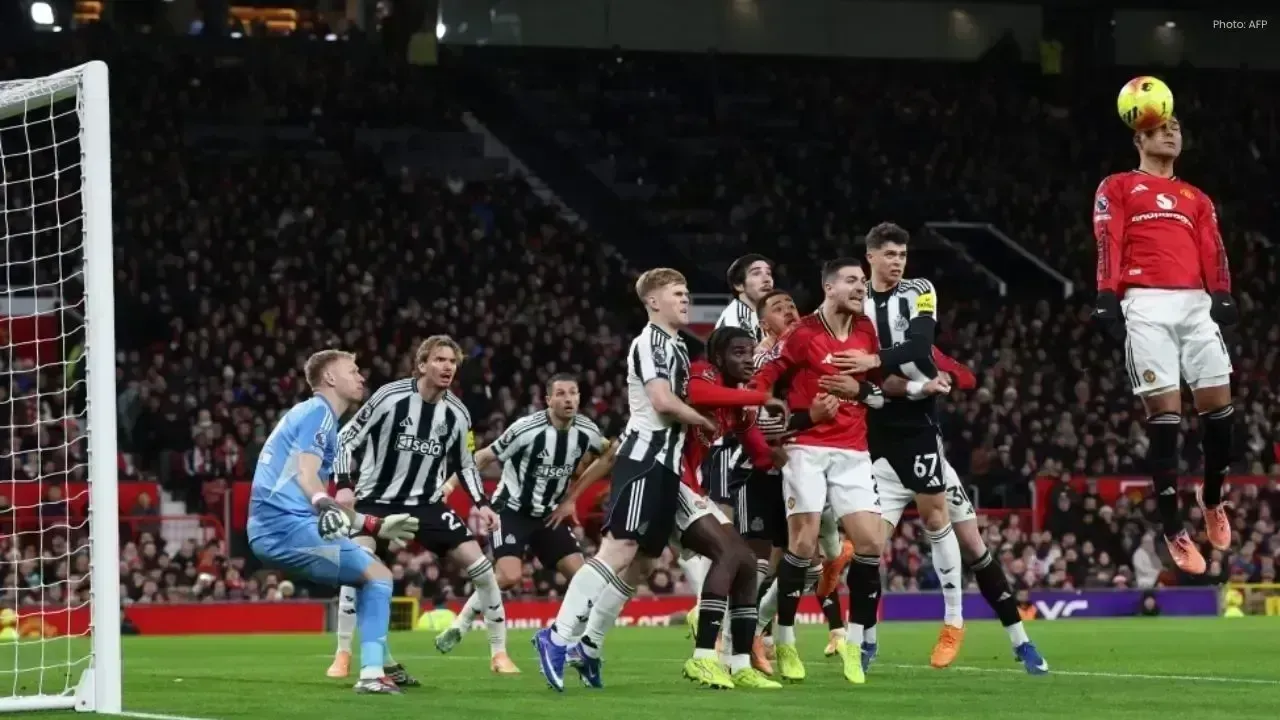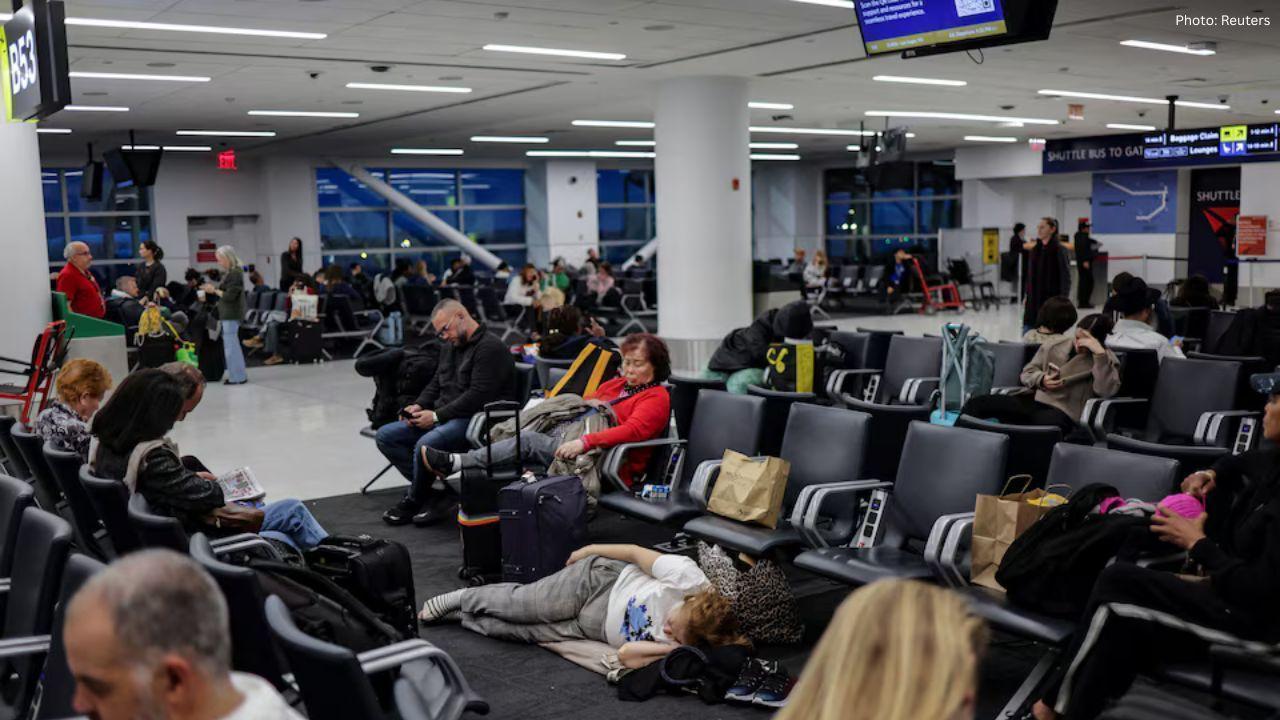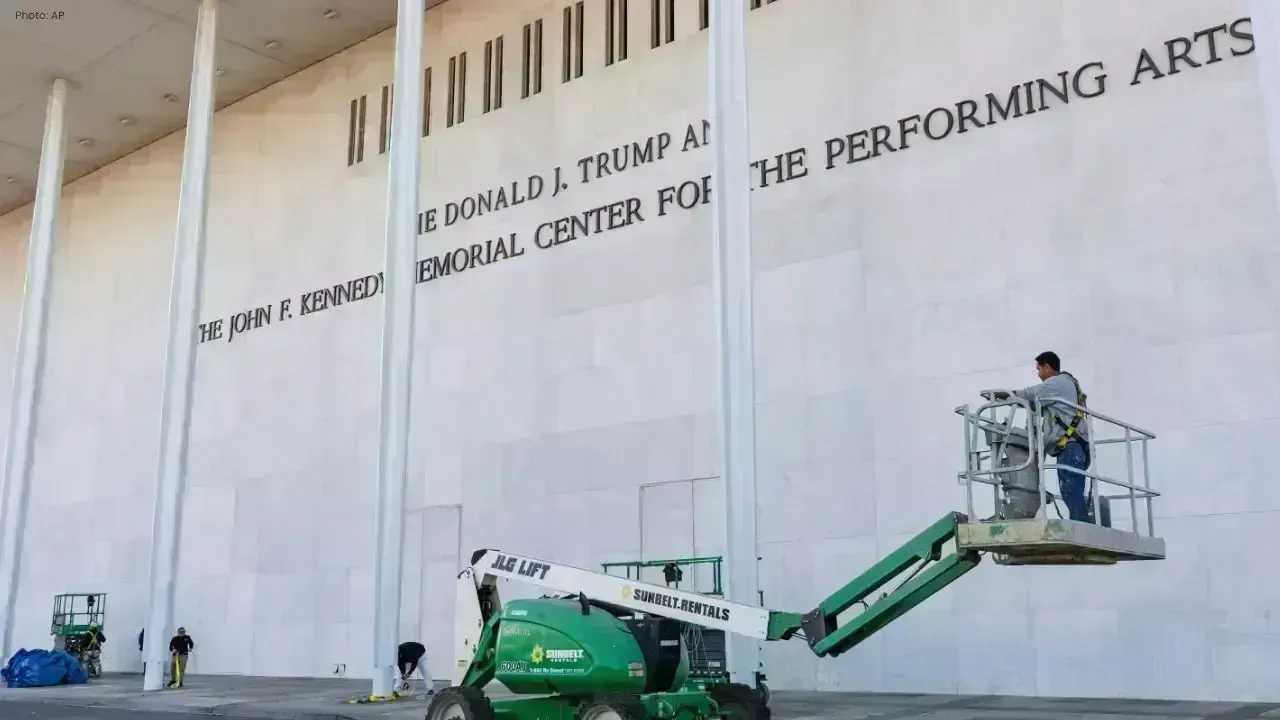You have not yet added any article to your bookmarks!

Join 10k+ people to get notified about new posts, news and tips.
Do not worry we don't spam!

Post by : Anis Farhan
When Qatar won the bid to host the 2022 FIFA World Cup, the football world raised its eyebrows. It was a surprise that a tiny Gulf country with limited football history and extreme summer temperatures would host the most-watched sporting event on Earth. But what followed was a journey of transformation—of infrastructure, perception, and most crucially, FIFA itself. The tournament didn’t just change Qatar—it changed how FIFA operated, marketed, and engaged with the world.
From geopolitical tensions to cultural debates, from labor rights scrutiny to sportswashing allegations—Qatar 2022 became a microcosm of modern global politics wrapped in the spectacle of sport. But as the dust settled, one thing was clear: this World Cup redefined how future tournaments will be run and how global sports bodies like FIFA respond to political and economic realities.
Qatar’s win in the bidding process shocked traditional footballing nations. Many questioned whether the selection was made purely on merit or influenced by political and financial pressures. The country had never qualified for a World Cup prior to winning the bid, lacked the stadium infrastructure, and had a summer climate that was nearly unplayable.
However, Qatar’s bid focused on futuristic stadiums, compact geography, and immense investment capabilities. FIFA, long known for favoring moneyed interests, saw the opportunity to tap into a new market—the Middle East. Qatar became the first Arab nation to host the World Cup, a symbolic milestone that aligned with FIFA’s desire to expand its global footprint.
Once awarded the hosting rights, Qatar launched the most expensive World Cup project ever. Estimates suggest the country spent over $220 billion in infrastructure—much of which wasn’t just about football. The Doha Metro, new airports, roads, hotels, and even entire neighborhoods were built from scratch. Stadiums with advanced cooling technology were designed to combat the searing heat.
For FIFA, this mega investment meant more than just world-class facilities. It signaled a shift in power—away from Europe and South America and toward nations that could afford to reshape the sporting landscape through sheer capital. The tournament essentially rebranded the World Cup as not just a celebration of football, but a vehicle for national branding and economic diplomacy.
Another major ripple effect was the rescheduling of the tournament. For the first time in history, the World Cup was held in November–December, disrupting the regular football calendar globally. European leagues paused mid-season, something unimaginable before.
FIFA’s acceptance of this shift showcased how the organization was willing to adapt—even disrupt traditions—for newer stakeholders. This marked a definitive shift in FIFA’s priorities, now tilting toward flexibility and inclusivity, especially when such shifts were backed by massive financial incentives.
One of the most widely discussed aspects of Qatar’s World Cup was its human rights record—especially regarding migrant workers. Investigations revealed harsh working conditions, unpaid wages, and even deaths on construction sites.
The criticism was global and intense, leading FIFA to respond with more transparency than ever before. It pressured local organizers to adopt worker welfare standards and even hired international human rights monitors. Although critics argue this was too little, too late, it changed FIFA’s own framework. Now, bidding nations face tougher scrutiny, and social impact assessments have become standard.
In many ways, the backlash around Qatar forced FIFA to confront issues it had long avoided. It pushed the body toward greater accountability and opened the door for human rights to become a permanent part of its bidding and hosting narrative.
Qatar 2022 was more than just football—it was a geopolitical statement. At the time of the tournament, Qatar had only recently resolved a bitter blockade from neighboring Gulf nations. Hosting the event allowed it to reassert its soft power, invite global leaders, and showcase political resilience.
FIFA, in turn, navigated a complex terrain. For years, it avoided overt political engagement. But with Qatar, it became an implicit player in regional politics. The organization had to issue statements, respond to global media, and even mediate behind the scenes.
This represented a fundamental shift. FIFA no longer operated in a vacuum. It acknowledged that global sport could no longer separate itself from global politics—and it began restructuring its communications, governance, and regional engagement accordingly.
Despite all the criticism, the actual execution of the World Cup amazed many. The close proximity of all venues (the farthest being just 75 km apart) allowed fans to attend multiple matches in one day. The metro system, stadium access, and overall hospitality exceeded expectations.
This compact model introduced a new paradigm for FIFA. Instead of sprawling across massive geographies, future tournaments may prioritize condensed hosting zones. It makes logistics simpler, reduces travel fatigue for teams, and enhances audience engagement.
FIFA is reportedly considering similar strategies for future tournaments, even in larger host nations, incorporating cluster-based matches and regional hubs. This is directly inspired by Qatar’s approach and its operational success.
Another surprising impact of the Qatar World Cup was the evolving conversation around gender and inclusion. Although Qatar is a conservative nation, the event featured unprecedented visibility of women—both in stadiums and on the media stage. Female journalists, referees, and officials participated at levels never seen before in the Middle East.
FIFA took note. It has since invested more into women’s football visibility, sponsorships, and leadership inclusion. While these moves were already in motion, the visibility provided by Qatar accelerated the process and made diversity a tangible agenda for future events.
Qatar promised that its expensive stadiums wouldn’t become white elephants. Some, like Stadium 974, were constructed using shipping containers and designed to be dismantled post-event. Others were set for conversion into community centers or regional sports hubs.
FIFA has started encouraging similar legacy commitments from future hosts. Brazil and South Africa faced criticism for building stadiums that were left abandoned. Learning from Qatar’s modular and scalable approach, FIFA’s revised guidelines now require hosts to show post-event utilization plans to gain approval.
Another key transformation came in how the World Cup was consumed. Qatar 2022 was the most digitally connected tournament in history. Social media exploded with content, fan engagement apps were widely used, and real-time AI-driven analytics became part of the viewing experience.
FIFA capitalized on this shift, launching its FIFA+ digital platform and forming partnerships with tech firms to enhance the virtual fan experience. The success of digital integration in Qatar is now pushing FIFA to further expand into AR/VR, AI-powered broadcasting, and multilingual fan interaction.
Beyond football, Qatar used the World Cup to open new trade routes and investment deals. It hosted international CEOs, signed economic pacts, and launched major exhibitions alongside matches. The event became a business fair just as much as a sports event.
FIFA has taken cues from this strategy and now pitches the World Cup as a tool for economic diplomacy. It offers hosting nations a platform not just to display stadiums but to build global business relations.
This has dramatically increased interest from countries outside traditional football strongholds—like Saudi Arabia, Morocco, and Indonesia—who see hosting as a gateway to the global stage.
In the aftermath of Qatar 2022, FIFA has become more than just a football body. It is now a geopolitical actor, an economic platform, and a soft-power amplifier. The transformation didn’t happen overnight—but the tournament provided the perfect storm for it.
From new bidding rules to enhanced human rights frameworks, from digital fan ecosystems to political balancing acts—FIFA is no longer what it was a decade ago. And much of that change can be traced directly back to Qatar’s controversial yet groundbreaking hosting.
As preparations for the 2026 North American World Cup gain momentum, the echoes of Qatar will remain loud. Stadiums may be bigger, fan bases larger, but the blueprint of what a modern World Cup can achieve—on and off the field—has already been written in the desert sands of Doha.
This article is a feature story written for DXB News Network. All facts, perspectives, and data are sourced from publicly available reports, news archives, and event documentation. The content is intended for editorial analysis and public interest reporting.










Akshaye Khanna exits Drishyam 3; Jaideep Ahlawat steps in fast
Producer confirms Jaideep Ahlawat replaces Akshaye Khanna in Drishyam 3 after actor’s sudden exit ov

Kapil Sharma’s Kis Kisko Pyaar Karoon 2 to Re-release in January 2026
After limited screens affected its run, Kapil Sharma’s comedy film Kis Kisko Pyaar Karoon 2 will ret

Hrithik Roshan and Saba Azad Celebrate Christmas at Family Party
Hrithik Roshan and Saba Azad celebrated Christmas at Sussanne Khan’s party, sharing happy moments wi

China Sanctions 20 US Defense Firms Over Taiwan Arms Sales Dispute
China imposes sanctions on 20 US defense companies and 10 executives for supplying arms to Taiwan, e

Salman Khan’s Grand 60th Birthday Bash at Panvel Farmhouse Shines Bright
Salman Khan celebrates his 60th birthday with a grand party at Panvel farmhouse, sharing joyful mome

Thailand Defence Minister Joins Talks to End Deadly Border Clash
Thailand’s defence chief will join talks with Cambodia as border clashes stretch into a third week,